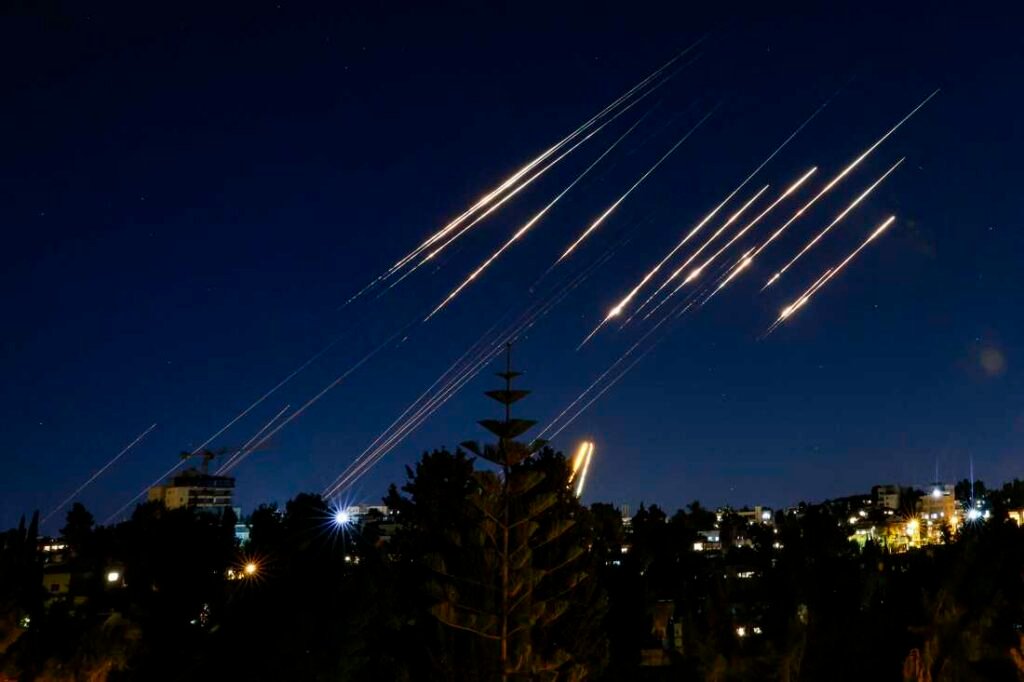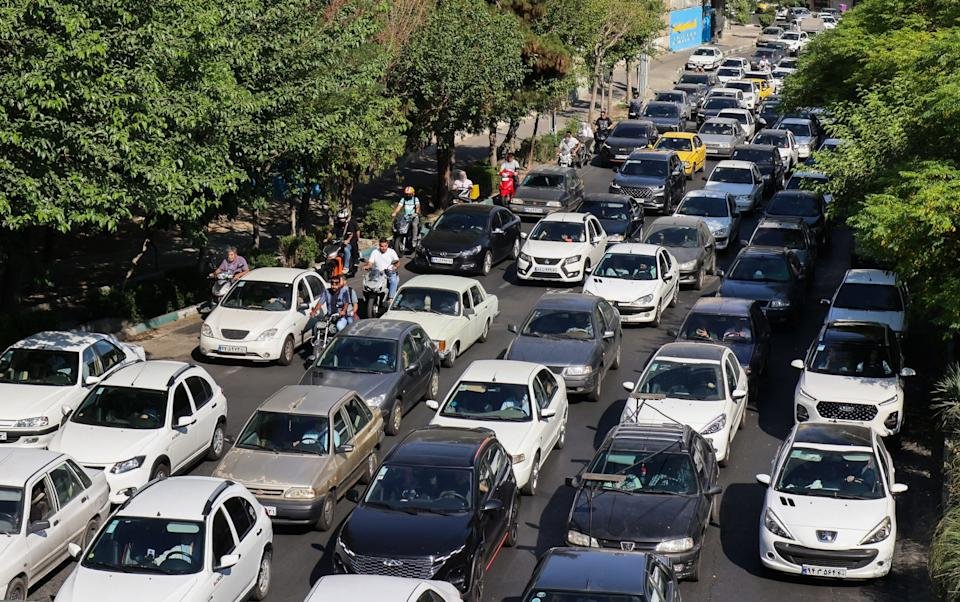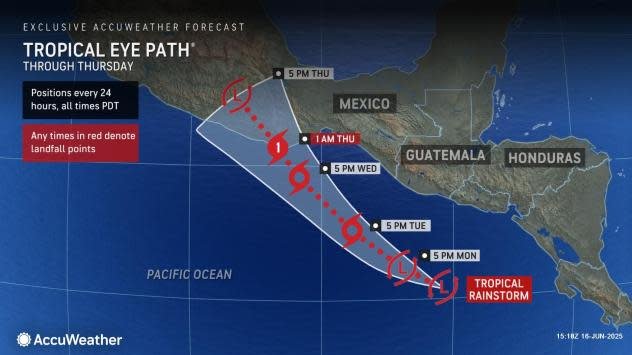
Israel’s strikes on Iranian military facilities since Friday – including several nuclear sites – have resurfaced questions about how feasible it would be to destroy Iran’s nuclear program. A March report from the Royal United Services Institute shows that it wouldn’t be easy.
It would require significant firepower and assistance from the US – and even that joint effort might face challenges in penetrating Iran’s key nuclear fuel enrichment plants, which are deliberately buried deep underground.
These challenges, and the risk of escalating conflict with such an aggressive attack, is why it should remain “an option of last resort,” the report warned.
The main nuclear enrichment site in Natanz was hit by Israel’s strikes, but the extent to which the Israeli weaponry would be able to reach the buried facility is unknown.
It’s not known exactly how deep the underground enrichment equipment at Natanz is, though some estimates place it 8 meters (26 feet) deep.
Israel is thought to only have bombs that can penetrate to around 6 meters, depending on the composition of the earth and how much hardened concrete might lie below the surface, the report said.
Iran’s second key enrichment facility – the Fordow plant – is believed to be even deeper.
Though its depth is also unknown, estimates place Fordow’s facilities at 80 to 90 meters (262 to 295). It would not even be reachable by the US’ GBU-57 massive ordnance penetrator bombs, which only reach about 60 meters deep, according to the report.
And the GBU-57 can only be delivered by US Air Force B-2 stealth bombers, something Israel doesn’t have – even if the US would give it the bombs.
Even with the biggest bombs, Iran has other ways to protect its facilities, the report says.








